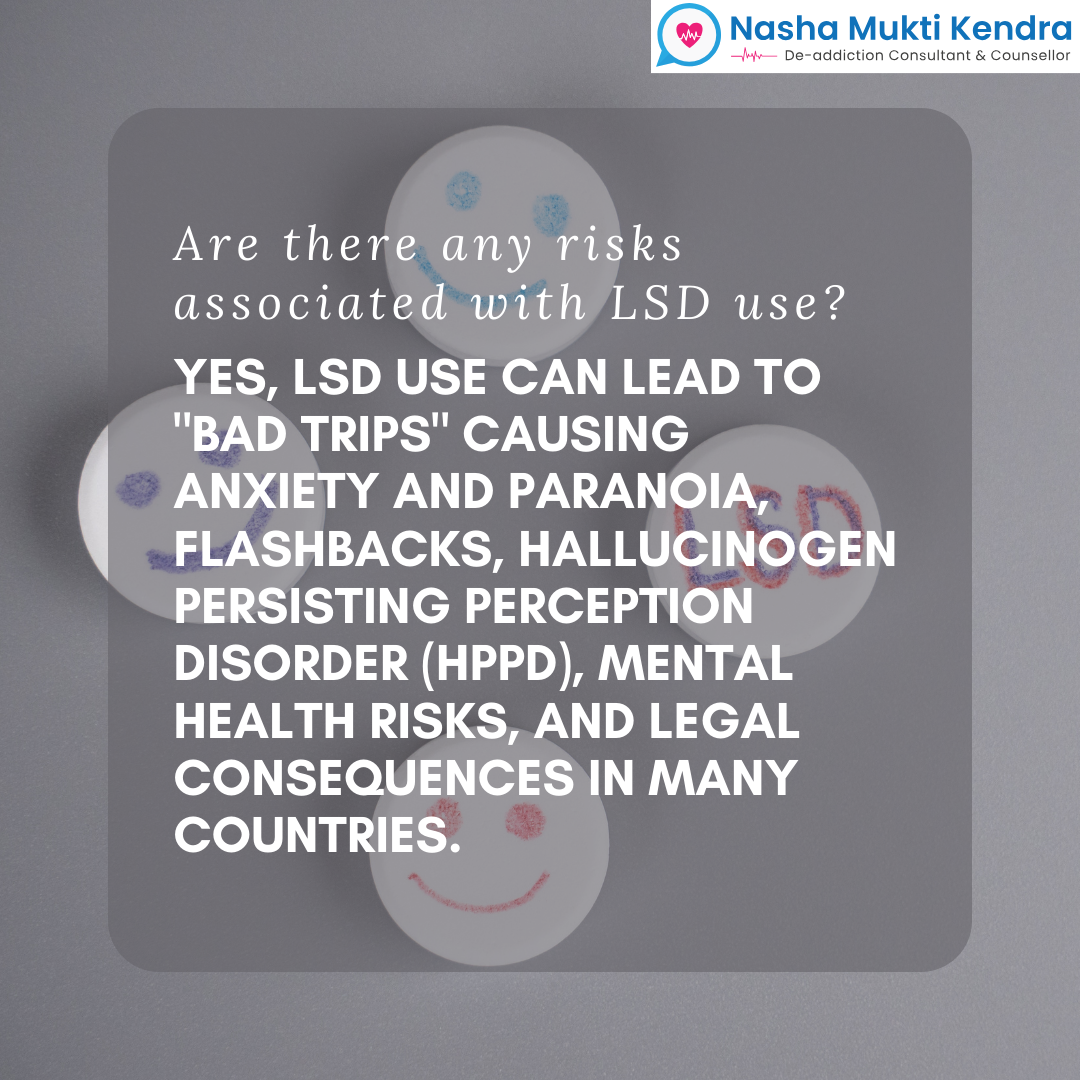Lysergic Acid Diethylamide (LSD) is a powerful hallucinogenic drug that has intrigued and captivated individuals for decades due to its profound effects on perception, consciousness, and sensory experiences. This comprehensive blog explores the world of LSD, covering its history, chemistry, modes of consumption, and the intricate relationship between this substance and human consciousness.
A Brief History of LSD
LSD, also known colloquially as “acid,” was first synthesized in 1938 by Swiss chemist Albert Hofmann. It wasn’t until 1943 that Hofmann accidentally discovered its psychoactive properties during a laboratory experiment. Since then, LSD has been used for various purposes, from psychiatric research to recreational use and countercultural movements.
The Chemistry of LSD
Molecular Structure
LSD is derived from the ergot fungus and is characterized by its unique molecular structure. Its chemical name, lysergic acid diethylamide, describes its composition, which includes a lysergic acid core and diethylamide side chains.
Potency
LSD is exceptionally potent, with even a tiny dose (measured in micrograms) capable of producing intense hallucinations and perceptual alterations.
Kinds of LSD
While the basic chemical structure of LSD remains constant, there can be variations in its production, leading to different forms or analogs. Common types of LSD include:
Street LSD
Street LSD refers to the most common form of the drug found on the illicit market. It is typically distributed in the form of small, absorbent squares known as “tabs” or “hits.”
Liquid LSD
LSD can also be found in liquid form, often contained in small vials or dropper bottles. This form allows for precise dosing and can be ingested directly or applied to absorbent materials.
Blotter Acid
Blotter acid refers to LSD-laden paper, usually perforated into small squares or tabs, each containing a single dose. The paper is often decorated with various images or patterns.
Modes of Consumption
Ingestion
The most common method of taking LSD is by ingesting it orally. It can be absorbed through the mucous membranes in the mouth or swallowed. The onset of effects is usually around 30-60 minutes.
Sublingual Administration
Some users prefer placing LSD under the tongue for sublingual absorption, which can lead to quicker onset and more intense effects.
Intravenous Use
While relatively rare, some individuals inject liquid LSD directly into their bloodstream. This method results in the fastest and most intense effects, but it is also the riskiest.
Microdosing
Microdosing involves taking very small, sub-perceptual doses of LSD, typically on a regular schedule. It is said to enhance cognitive function and creativity without producing hallucinogenic effects.
Effects of LSD
LSD is known for its profound and often unpredictable effects on the mind and body:
Sensory Hallucinations
LSD produces vivid sensory hallucinations, altering how individuals perceive the world around them. Users often report seeing vivid colors, patterns, and geometric shapes.
Altered Perception of Time
Time distortion is a common effect of LSD. Minutes can feel like hours, or hours can pass by in an instant.
Euphoria and Emotionality
LSD can induce intense feelings of euphoria and emotional intensity. Users often describe profound emotional experiences.
Enhanced Creativity
Some individuals use LSD to boost their creative processes, claiming that it enhances problem-solving and artistic expression.
Risks and Side Effects
Bad Trips
LSD use can lead to “bad trips” characterized by intense anxiety, paranoia, and hallucinations causing significant distress.
Flashbacks
LSD users may experience flashbacks, which are spontaneous recurrences of the drug’s effects, even long after the initial use.
HPPD (Hallucinogen Persisting Perception Disorder)
Some individuals develop HPPD, a condition marked by lasting alterations in perception and recurring visual disturbances.
Mental Health Risks
LSD use can exacerbate or trigger mental health conditions like anxiety, depression, or schizophrenia, particularly in those with a predisposition.
Legal Consequences
Possession and use of LSD are illegal in many countries, leading to legal repercussions for those caught with the substance.
The Cause of LSD Effects
The exact mechanism of LSD’s effects on the brain is not fully understood, but it is believed to primarily influence serotonin receptors. LSD’s ability to produce hallucinations and distort perceptions is likely due to its interaction with serotonin receptors in the brain.
So, why choose us?
Nasha Mukti Kendra is equipped with well-trained psychologists who possess expertise in addiction therapy. These professionals are adept at tailoring treatment plans to suit the unique needs of individual patients. When dealing with a complex substance like LSD, the guidance of knowledgeable psychologists can be transformative.
Moreover, Nasha Mukti Kendra in Dehradun have established centers throughout the country, ensuring accessibility to individuals seeking recovery. The availability of our centers allows patients to receive treatment and support closer to home, making the rehabilitation process more convenient and accessible.
We also pride ourselves on our well-trained staff. The compassionate and caring personnel ensure that patients feel safe, understood, and supported throughout their recovery journey.
One distinctive feature of Nasha Mukti Kendra in noida is the incorporation of American-based therapy known as “Love and Care therapy.” This evidence-based approach emphasizes compassion, empathy, and the development of a strong support network during the recovery process. Contact us now if you are in need of any help!
